Interacting with Abhishek was heart-warming – since he is someone who has just begun his journey in the industry with which I have grown old ( and senile). He is young, comes across as rather energetic – and has that fizzy and adorable quality of someone who doesn’t claim to know everything as yet.
That reflects in his honest and straight answers down there.
I won’t have much of an intro this edition – since fiction screenwriting is an arena where I am making a slow but steady entry. There’s not much I can say about it. As of now I am trying and hoping. Hoping that all my years spent in documentary film-making will give a special tinge to the fiction I eventually get to write – making it somewhat special for others as well.
As of now, Abhishek has worked in a couple of films and OTT shows, and my access to him is through my dear friend Sudeep Nigam. Abhishek was part of the writing team that wrote Avarodh – the Siege Within. It was the quartet of screenplay writers Harmanjeet Singha, Sudeep Nigam, Adhaar Khurana and Abhishek Chatterjee that worked on that much appreciated series.
For those who might not have seen it, it’s a popular show for SonyLIV – based on a chapter from Rahul Singh & Shiv Aroor’s book, India’s Most Fearless, it’s a detailed account of the 2016 Uri surgical strike, with some creative liberties – of course.
Which reminds me, one of these days I will have to get hold of Shiv Aroor, my former colleague from India Today TV; his career graph as a defense journalist turned novelist will be an interesting dimension to capture.
That will happen when it happens.
For now, let’s get to know from Abhishek Chatterjee how a trained Engineer and MBA stumbled upon the diametrically different vocation of a scriptwriter.
Abhishek is what we might call a small town boy. He grew up in the Steel Township of Rourkela in Odisha. After doing engineering (NIT Warangal) followed by an MBA, his love for cinema prompted him to start making short films early on. While he was still working as a software engineer at Hyderabad he made a short called ‘Gutthi – The Riddle‘ that went on to be nominated at the 10th Indian Film Festival Stuttgart (2013) for the Director’s Vision Awards. This film was later remade into Girl In Red. At 16 million plus views, the film remains one of the highest watched short films in India.
There are other stuff that Abhishek has done, all connected to cinema, since he took the plunge out of his plush corporate job with Bajaj Auto in 2016. That includes a voluntary film-curator stint for independent and documentary films at Lost the Plot – one of the country’s few alternate distribution centers. Abhishek thereafter joined Onir’s company as a Marketing Head. This helped him pick up a bird’s eye view of both the creative and business side of the film-making process.
Now that Abhishek is totally into the writing mold, I thought of asking him about how the concept of a writer’s room works. All the more so since I am hoping to get into one of those rooms soon – post corona, of course. Right now we writers, frail beings in any case, are con-calling (with our videos off) to prevent our coronation.
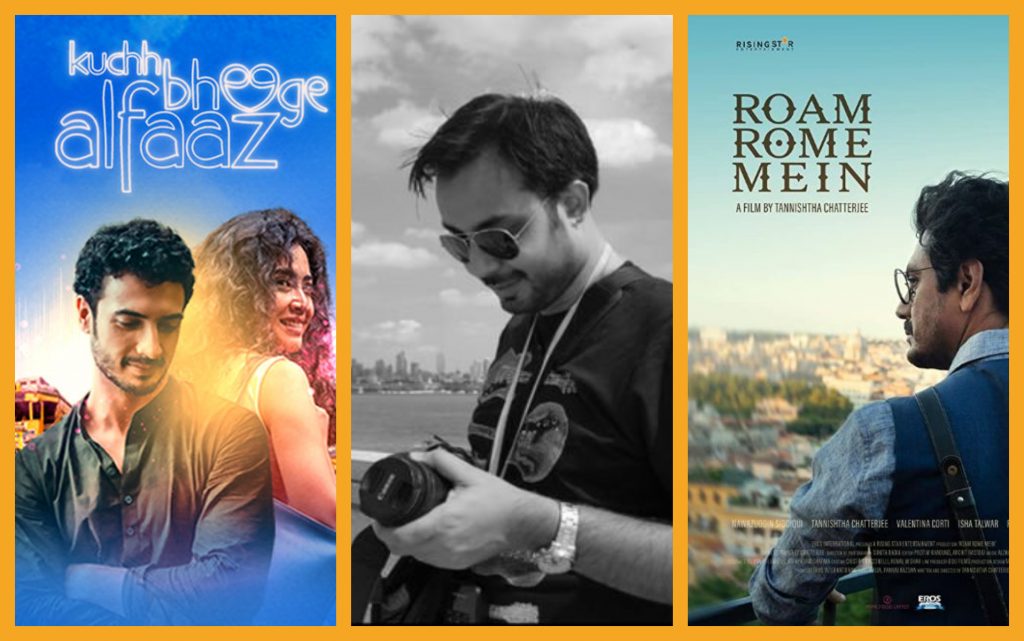
In my own limited experience with OTT platforms, I have sensed that they more or less follow the same rules followed by mainstream television – in terms of story structuring and plot progression. At their best, they are conventional.
If there are any stark differences – it has missed me, as of now. The reason behind this might be they have taken their people largely from TV – and these are people bound by long-standing TV programming conventions. It’s not easy to break them to do something new – that much I can say with authority.
For a writer this means following the beaten track of high points at regular intervals, leading up to a mid-episode climax as well as insert a cliffhanger at the end. This the producers expect will keep the viewers glued – as they move from one episode to other.
Frankly, I don’t subscribe to this view entirely – since I believe cliffhangers are a TV thing where episodes arrive weekly, where they help keep the interest alive for an extended period of time. What’s the use of a ‘forced’ cliffhanger if you have access to all the episodes anyways – unless the target is to merely extend viewing time?
Anyways, that’s marketing claptrap; it’s not my job to analyze the ‘why’ of that. I would rather ask Abhishek to throw some light on the rules writers are often made to follow, and the role of the agencies in the creative process.
So what about the differences in OTT and theatrical releases – from a writer’s perspective? I know the question is now turning a bit archival – after close to 10 months of Covid induced lull. No one is interested to spend money on new projects – even the old ones are awaiting release. So many films originally meant for theatre has now been released in OTT platforms. The small screen is on high tide.
Yes, it’s a somewhat defunct question, but I asked it anyways.
Theatrical releases will make a comeback soon. It’s simply impossible to compare the grandeur of a big screen with Dolby surround with that 10 inch tab, even if it has a UHD screen. Big screens might go someday, but I earnestly desire – not in my lifetime.
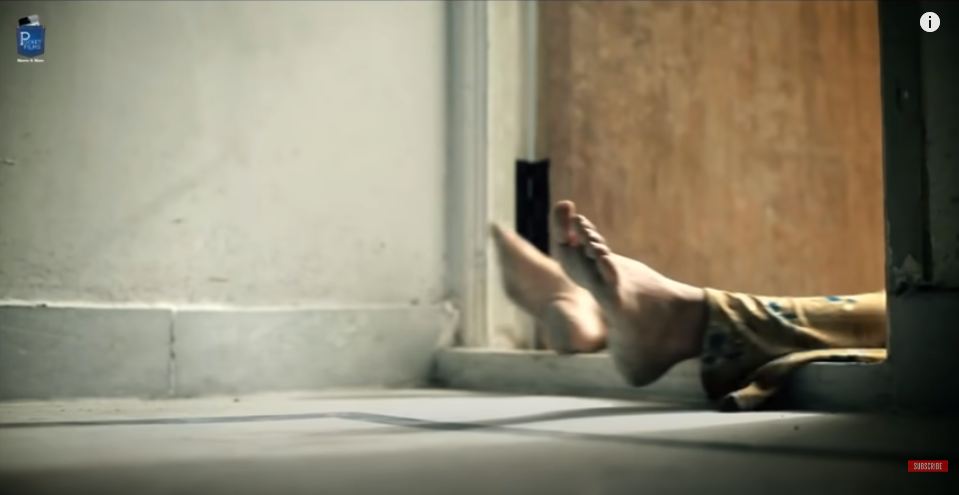
Finally, I asked Abhishek one of those standard questions, what makes him tick? Why does he write after all? And what would be his advice for youngsters interested in writing screenplays as a profession.
Now the question may be standard, but responses to that query always brings out perspectives that help us convince our own selves about what we are doing. Suddenly, all the differences that we think we have don’t matter anymore, and we feel like we are standing together facing the same challenges and finding the same solutions. Our common love for writing becomes all that matters.
That’s exactly what happened with Abhishek.
That’s all for the day.
I have another part of this emerging-writer trilogy left, which I intend to bring you before the year ends. The New Year will start with a new spirit. I hope to find my disciplined self back as it arrives – become more regular and proactive; by which I probably mean – sleep a little less during the day and eat less of street food.
This has been a tough year for most of us, with no producer or platform willing to shell out money for new projects. Even green-lit projects are not moving forward. For the employed class, it’s bad; for the freelancers, its worse.
This depression in the industry has had an impact on everything – including the frequency of my blogging. It shouldn’t have but it did. Hopefully, this will change soon. It might sound silly but I am eagerly waiting for the year to end now – as if that is going to change anything at all.
Anyways. Hope is always a good thing to have. There will be time.
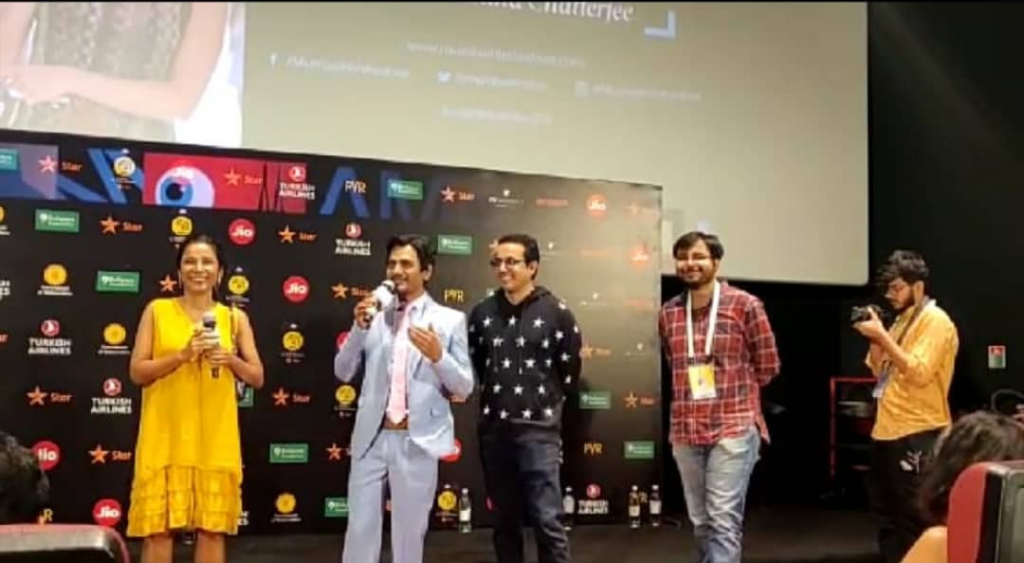
and director Tanistha Chatterjee

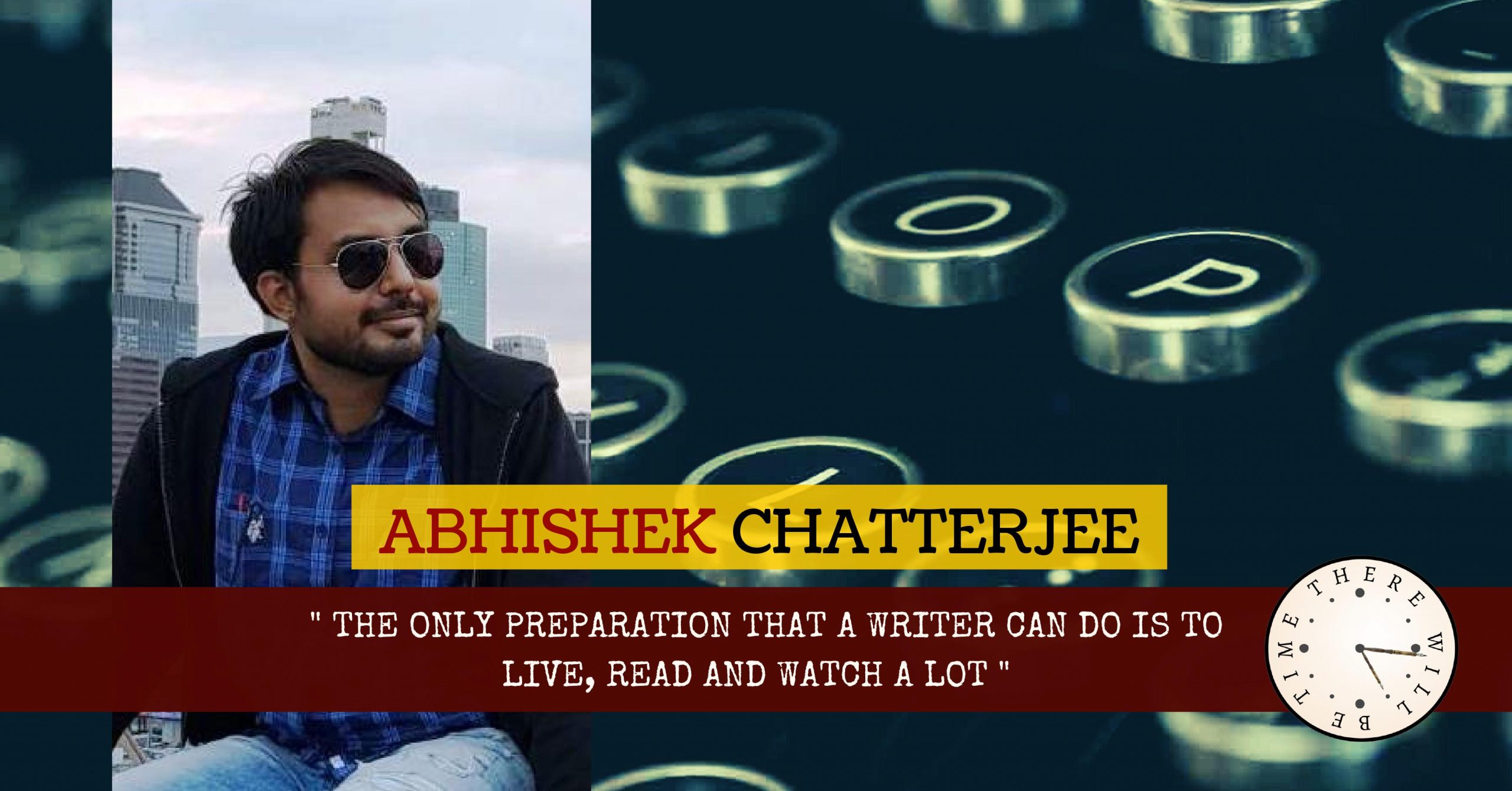
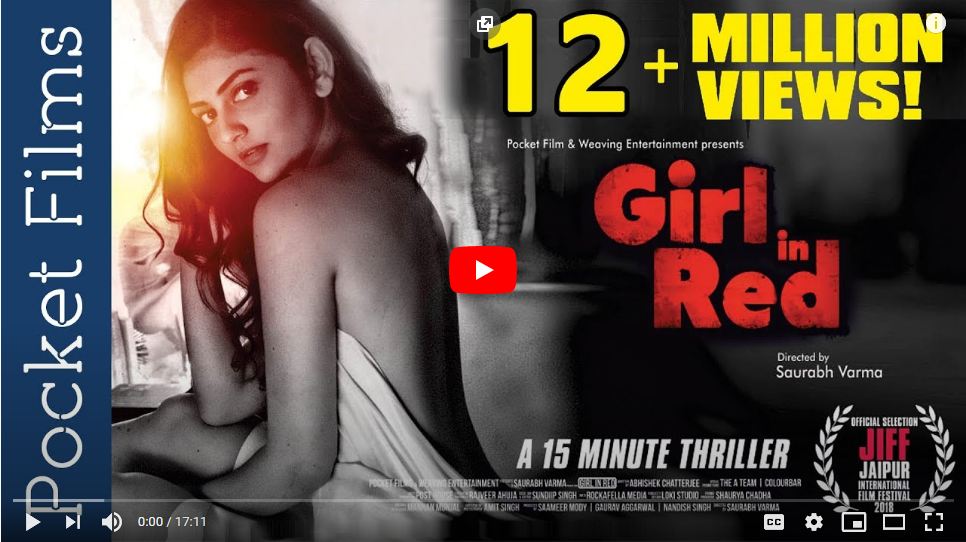
Be First to Comment